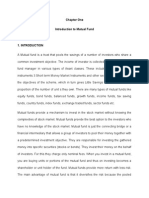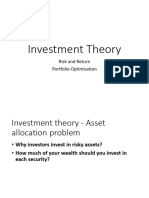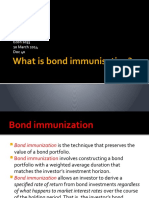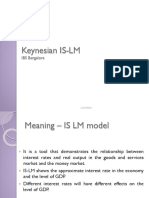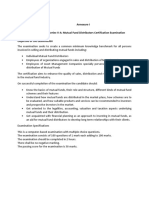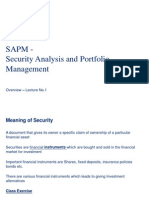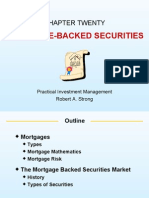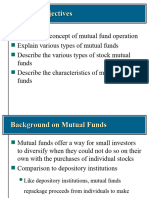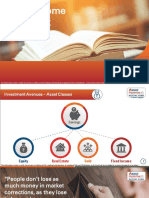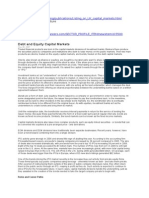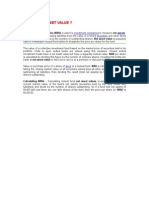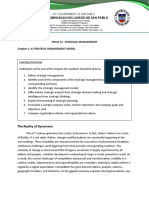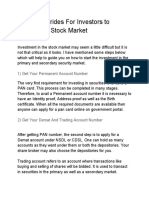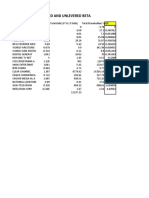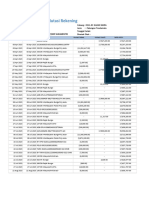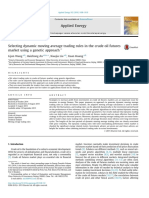0% found this document useful (0 votes)
342 views11 pagesMutual Funds for Small Investors
The document discusses mutual funds and how they work. Mutual funds allow small investors to pool their money together into a single investment managed by professionals. They issue shares that represent proportional ownership in the fund's portfolio of securities. Mutual funds are open-end funds that continuously issue new shares and redeem existing shares based on the fund's net asset value. This allows the number of shares outstanding to fluctuate daily as investors purchase and redeem shares.
Uploaded by
jchazneyCopyright
© © All Rights Reserved
We take content rights seriously. If you suspect this is your content, claim it here.
Available Formats
Download as DOCX, PDF, TXT or read online on Scribd
0% found this document useful (0 votes)
342 views11 pagesMutual Funds for Small Investors
The document discusses mutual funds and how they work. Mutual funds allow small investors to pool their money together into a single investment managed by professionals. They issue shares that represent proportional ownership in the fund's portfolio of securities. Mutual funds are open-end funds that continuously issue new shares and redeem existing shares based on the fund's net asset value. This allows the number of shares outstanding to fluctuate daily as investors purchase and redeem shares.
Uploaded by
jchazneyCopyright
© © All Rights Reserved
We take content rights seriously. If you suspect this is your content, claim it here.
Available Formats
Download as DOCX, PDF, TXT or read online on Scribd
/ 11

